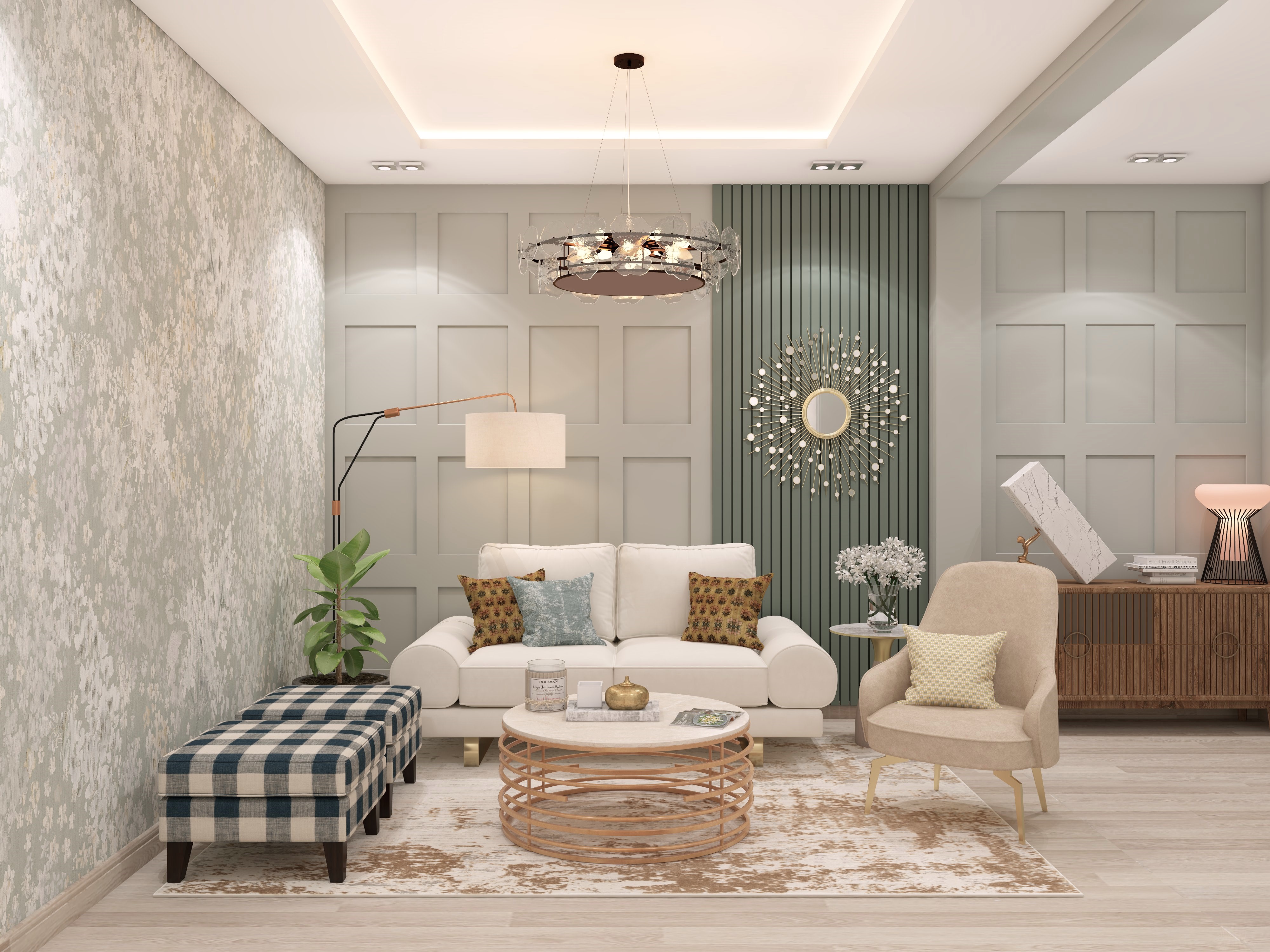
In the realm of interiors and spaces, decoration design serves as the artistic soul of an environment. It is the subtle and powerful force that converts empty rooms into inviting sanctuaries, sterile spaces into vibrant areas of life, and everyday houses into personal homes. At its core, decoration design is about harmonizing beauty and function—it’s not just about choosing the right color palette or arranging furniture in a pleasing way. It encompasses a deep understanding of spatial Commercial Design , textures, lighting, mood, and the unique personality of those who inhabit the space. Whether it’s a smart loft area apartment, a cozy suburban living room, or a lavish hotel entrance hall, decoration design plays a pivotal role in creating atmosphere and feelings.
What makes decoration design so fascinating is its versatility and capacity conform to different cultures, tastes, and trends. A well-designed room in Tokyo might draw inspiration from Zen philosophy with a focus on natural materials and calming simplicity, while a new York penthouse might embrace bold industrial textures blended with modern art pieces. At the heart today all, however, is intention—each item, layout, and color is chosen not randomly, but with purpose. Also decorator knows how to make a plot through space. That might mean using vintage elements to tell an account of nostalgia and warmth, or integrating sleek metal and glass to convey a futuristic, cutting-edge lifestyle. Good decoration design isn’t just seen—it’s felt.
The value of decoration design also lies in its psychological impact. People often take too lightly how much their surroundings influence their mood, productivity, and overall well-being. A cluttered, inadequately lit room can increase stress levels, while a well-organized and beautifully ornamented space can foster relaxation and clarity of mind. That’s why decorators often absorb the balance of elements—how natural light interacts with materials, how colors affect perception, and how the scale of furniture aligns with the room’s proportions. Even web minor variations, like the choice of window curtain fabric or the keeping of indoor plants, can dramatically shift the emotional tone of a space.
In recent years, decoration design has increasingly embraced sustainability and personalization. With growing awareness of environmental concerns, many decorators now source eco-friendly materials and promote recycling through vintage and upcycled decor. Personalization, meanwhile, has become more prominent than previously, as people seek to express their individual identity through design. Rather than following simple trends, modern decoration is about finding what resonates with the inhabitant—mixing textures, patterns, and artifacts that reflect one’s travels, article topics, or values. From gallery walls filled with family memories to curated corners with handmade crafts, today’s decoration design is deeply seated in storytelling and authenticity.
Moreover, technology has revolutionized the way we approach decoration design. With tools like 3d portrayal software, virtual reality holding, and AI-assisted design platforms, homeowners and professionals alike is now able to picture a place before a single nail is hammered. This not only improves planning and execution but also allows for more creative experimentation. Pinterest boards, Instagram reels, and design blogs have turned millions of people into amateur decorators, sharing their our educational career and inspirations while blurring the lines between professional design and personal passion projects.
In conclusion, decoration design is far more than surface-level aesthetics—it’s a transformative discipline that enhances the way we live, work, and feel within our spaces. It combines artistic sensibility with practical strategy, cultural influences with personal preferences, and emotional pure intuition with technical skill. Whether you’re decorating a single bedroom or designing an entire commercial space, the goal remains the same: to create environments that are not only creatively stunning but also deeply meaningful and functional. When done right, decoration design becomes an proxy of who we are and how we want to experience the world around us.